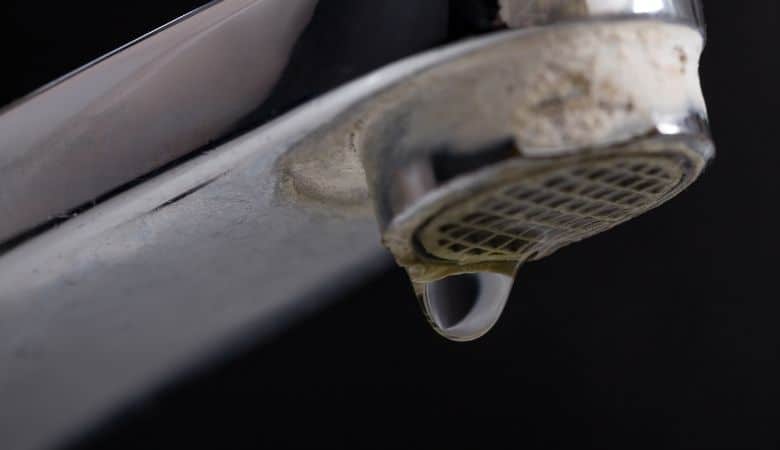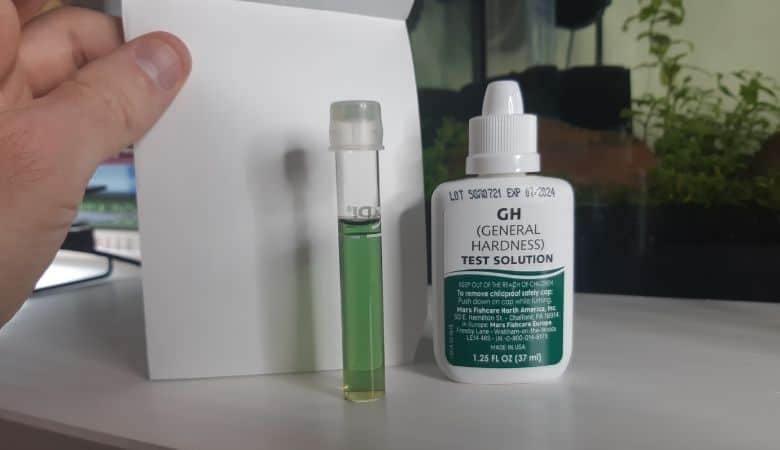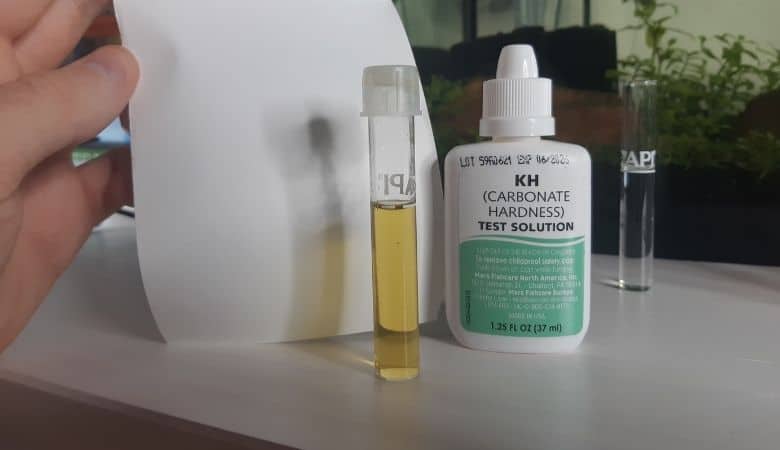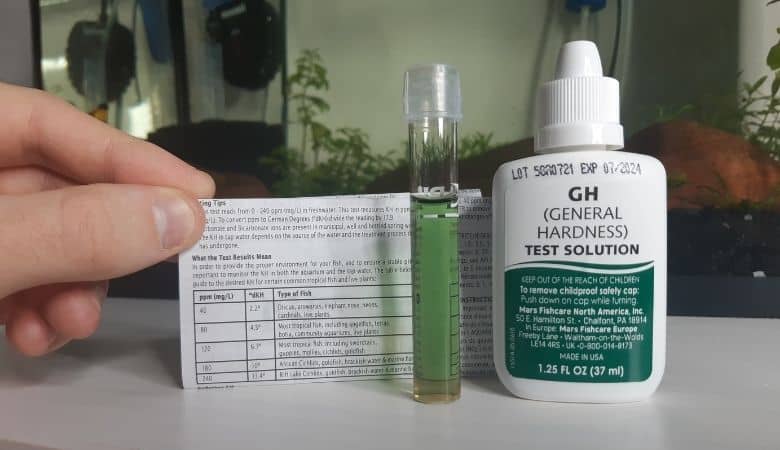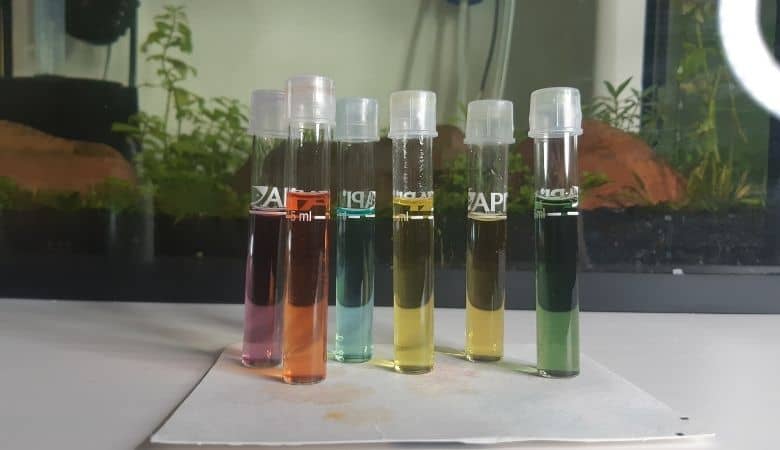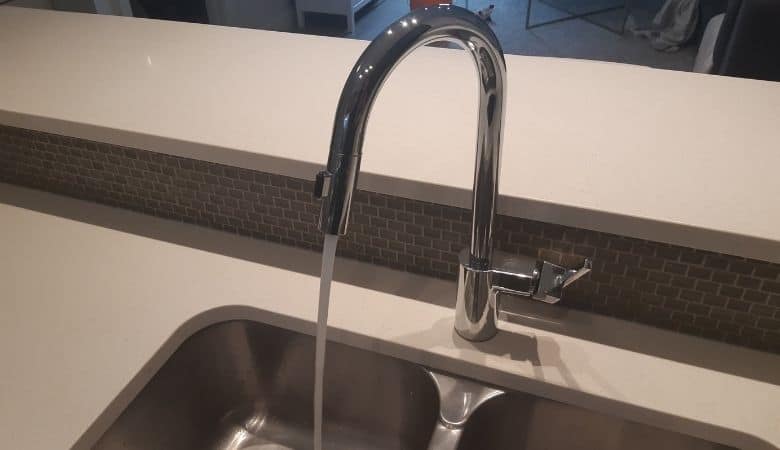Hardness and alkalinity are two important water quality parameters that aquarists should be aware of. In this blog post, we will discuss the difference between these two qualities and their importance to the fishkeeping hobby.
The term “alkalinity” refers to the sum of all bases that buffer against aquarium pH swings, with carbonate being the most frequent and important base. Carbonate hardness, or KH, only measures the concentration of carbonate and bicarbonate bases.
KH and alkalinity are important for plant growth and resisting pH swings in your aquarium, as we’ll learn below.
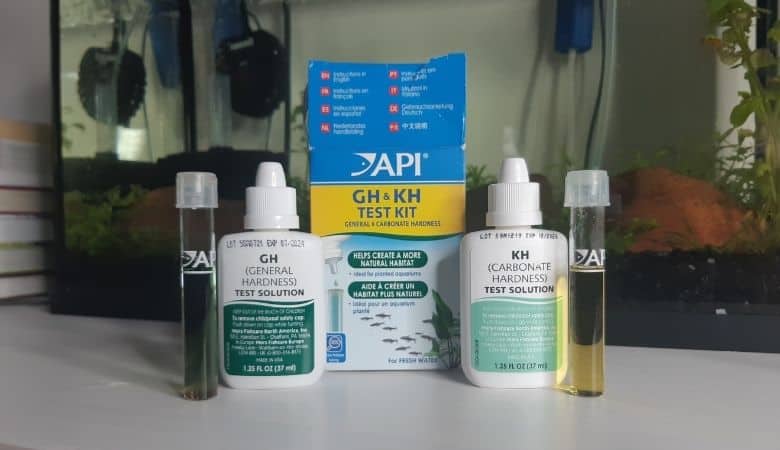
Contents
What is alkalinity?
Alkalinity is the ability of water to resist changes in pH. Alkaline substances have a pH greater than 7 and acidic ones have a pH less than 7.
The carbonates dissolved in water give alkalinity its basic characteristics.
Without alkalinity, your aquarium water would experience pH swings, which could cause stress for your fish. pH is also important for achieving healthy aquatic plant growth.
Is alkalinity the same as alkaline water?
Not quite. Alkalinity is about resisting pH swings, whereas an alkaline solution has a pH of above 7.0.
An aquarium with a high degree of alkalinity will cause the pH to be above 7.0, which causes it to become “alkaline.” This is why many people in the fishkeeping hobby often use the two terms interchangeably.
What does it mean to have hard water?
When people say they have hard water they are usually referring to what’s called “general hardness.” This is the concentration of calcium and magnesium ions present in your aquarium.
General hardness is also shortened to GH when measuring hardness in parts-per-million (ppm) or dGH when measuring in degrees of hardness.
But there is another form of water hardness aquarists often talk about called carbonate hardness.
What is carbonate hardness?
Carbonate hardness, or KH, measures the concentration of carbonate and bicarbonate bases in your water sample. This is also what people often confuse with alkalinity.
These carbonates are the most prevalent and important bases that are part of an aquarium’s total buffering system. They soak up excess hydrogen ions that would otherwise cause the pH to decrease.
Similar to general hardness, carbonate hardness is usually measured using KH or dKH.
| dGH or dKH value | GH or KH parts-per-million (ppm) |
| 1 | 17.9 |
| 2 | 35.8 |
| 3 | 53.7 |
| 4 | 71.6 |
| 5 | 89.5 |
| 6 | 107.4 |
| 7 | 125.3 |
| 8 | 143.2 |
| 9 | 161.1 |
| 10 | 179.0 |
| 11 | 196.9 |
| 12 | 214.8 |
What’s the difference between general hardness and carbonate hardness?
General hardness helps certain fish species maintain proper organ function, development and reproduction. This is especially important for species such as African cichlids, guppies, shrimp and snails.
Other than that, GH has a much smaller impact on plant growth and pH swings.
KH helps a fish tank maintain a stable pH by absorbing acids that would otherwise decrease the pH. Similarly, it buffers against pH increases as well.
Are KH and alkalinity the same thing?
Not quite. KH, or carbonate hardness, measures how much carbonate or bicarbonate is in your aquarium. These are the primary compounds that help your water resist pH fluctuations.
Alkalinity, on the other hand, measures your aquarium’s total pH resistance, which includes KH plus other noncarbonate buffers, such as hydroxides, silicates, phosphates, and borates.


